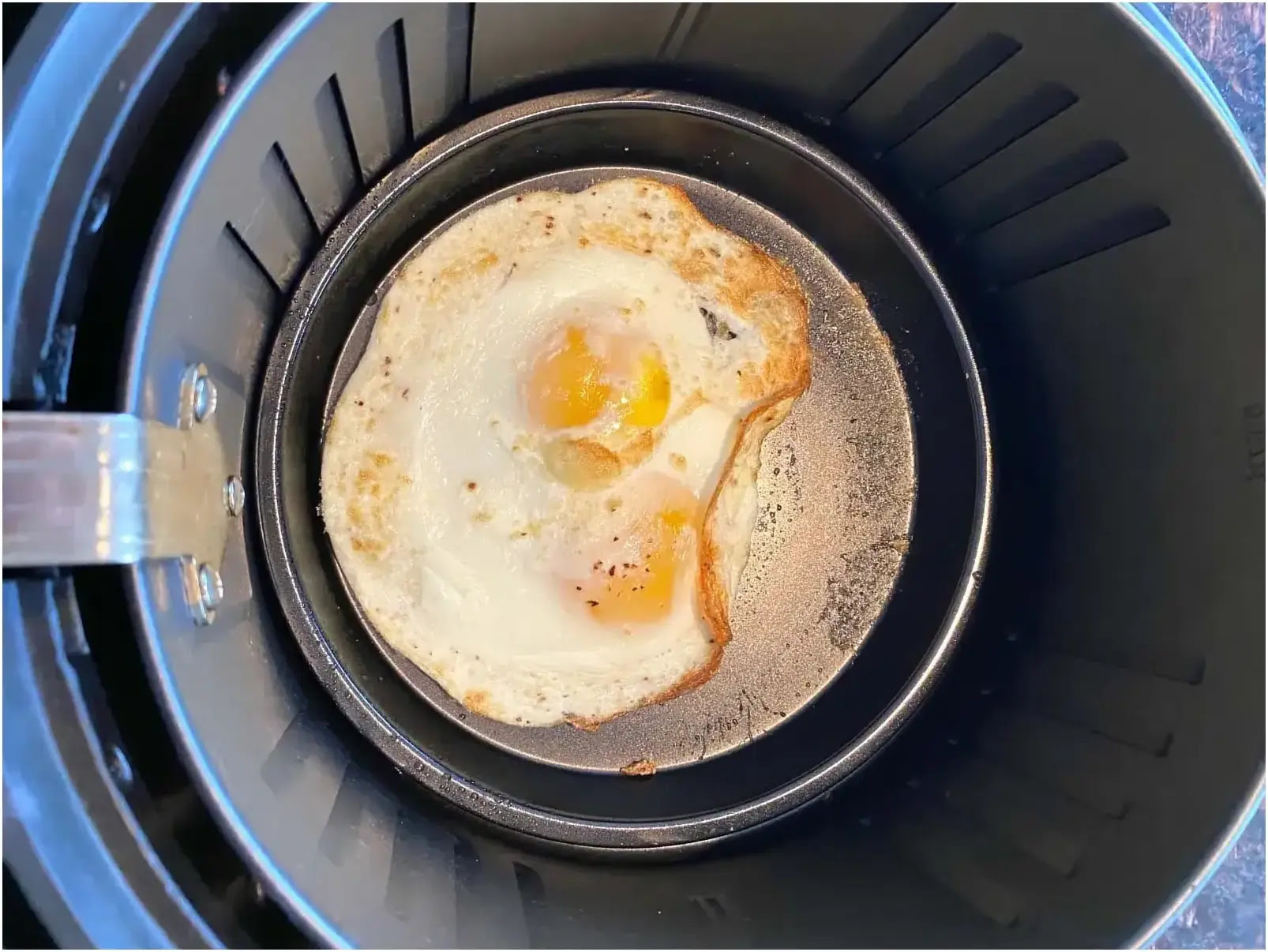

Articles
How To Fry Egg In Air Fryer
Modified: February 25, 2024
Learn how to fry eggs in an air fryer with these helpful articles. Explore tips, tricks, and delicious recipes for perfectly cooked eggs every time. Don't miss out on this ultimate guide to frying eggs in an air fryer.
(Many of the links in this article redirect to a specific reviewed product. Your purchase of these products through affiliate links helps to generate commission for Storables.com, at no extra cost. Learn more)
Introduction
Are you tired of the same old fried eggs cooked on a stovetop? Why not try something new and exciting by frying your eggs in an air fryer! Air fryers have become increasingly popular for their ability to cook food with less oil, resulting in healthier and lighter meals. In this article, we will guide you through the steps on how to fry eggs in an air fryer, allowing you to enjoy perfectly cooked eggs with a crispy and golden exterior.
Frying eggs in an air fryer not only saves you time, but it also gives you the freedom to experiment with different seasonings and flavors. Plus, the air fryer ensures that your eggs are evenly cooked and eliminates the need for flipping or worrying about them sticking to the pan. So, whether you’re a fan of sunny-side-up eggs, over-easy eggs, or scrambled eggs, the air fryer can help you achieve delicious results every time.
Before we dive into the step-by-step guide, it’s important to note that different air fryer models may have slight variations in temperature and cooking time. We recommend consulting your specific air fryer’s manual for optimal cooking instructions. Now, let’s get started on frying some eggs!
Key Takeaways:
- Enjoy healthier and tastier eggs by using an air fryer. Experiment with seasonings, cook times, and don’t forget to savor the crispy, golden exterior of your perfectly cooked eggs!
- The air fryer simplifies egg frying, offering even cooking and freedom to customize flavors. From sunny-side-up to scrambled, achieve delicious results every time with this versatile kitchen appliance.
Read more: How To Fry Potatoes In Air Fryer
Step 1: Preparing the Air Fryer
The first step in frying eggs in an air fryer is to ensure that the air fryer is clean and ready for use. Start by removing any accessories or trays that may be inside the air fryer and set them aside. Wash them with warm soapy water and dry them thoroughly before placing them back in the air fryer.
Next, plug in the air fryer and ensure that it is placed on a stable and heat-resistant surface. It’s important to have enough space around the air fryer to allow proper air circulation during cooking. Keep in mind that the air fryer will generate heat, so make sure there aren’t any flammable objects or materials nearby.
Once the air fryer is set up and ready, preheat it to the recommended temperature. This step is crucial to ensure that the eggs cook evenly and at the right temperature. Refer to the manufacturer’s instructions or the recipe you’re following for the recommended preheating temperature.
While the air fryer is preheating, you can move on to the next step of cracking and seasoning the eggs. Be sure to have all the necessary ingredients and tools ready before proceeding.
Step 2: Crack the Eggs
Now that your air fryer is preheating, it’s time to crack the eggs. Start by taking fresh eggs and gently tapping them against a flat surface to create a crack. Carefully open the shells and transfer the eggs into a separate bowl. It’s essential to crack the eggs with caution to avoid any shell fragments falling into the bowl.
Depending on your preference, you can choose to fry one or multiple eggs at a time. If you’re cooking for a larger group or want to save time, it may be convenient to crack multiple eggs in separate bowls simultaneously.
While cracking the eggs, it’s vital to check for any signs of freshness. Fresh eggs have clear, firm egg whites without any signs of discoloration or abnormal odors. If you come across any eggs with an off smell or discolored egg white, it’s best to discard them and use only fresh ones.
Once you have cracked the eggs into the bowl, inspect them again for any shell fragments. Carefully remove any remaining shell pieces using a clean spoon or your fingers. Also, take this opportunity to adjust the eggs’ positioning in the bowl, ensuring they are ready to be seasoned.
With the eggs cracked and free from any shell fragments, it’s time to move on to the next step of seasoning them to enhance their flavor.
Step 3: Seasoning the Eggs
Seasoning the eggs is where you can get creative and add your favorite flavors to enhance their taste. You have a variety of options to choose from, depending on your preferences and the flavor profile you desire.
Start by adding a pinch of salt and pepper to the cracked eggs. These basic seasonings help to bring out the natural flavors of the eggs. You can also experiment with other herbs and spices like paprika, garlic powder, onion powder, or herbs like thyme or parsley. These additions can add depth and complexity to the taste of the eggs.
If you enjoy heat, you can include a sprinkle of chili powder or cayenne pepper for a spicy kick. Similarly, if you prefer a milder flavor, you can opt for herbs like dill or chives.
In addition to spices, you can take the flavor profile up a notch by adding ingredients like grated cheese, diced onions, bell peppers, or cooked bacon bits. These extra ingredients will not only add flavor but also provide texture and visual appeal to your air-fried eggs.
Once you have added the desired seasonings and ingredients, gently whisk the eggs and seasonings together until they are well combined. This will ensure that the flavors are evenly distributed throughout the eggs.
Remember, seasoning is a personal choice, and you can customize it according to your taste preferences. Feel free to experiment with different combinations to create unique and delicious flavors for your air-fried eggs.
Now that your eggs are seasoned to perfection, it’s time to move on to the next step of preheating the air fryer to ensure optimum cooking temperature.
Step 4: Preheat the Air Fryer
Preheating the air fryer is crucial to ensure that the eggs cook evenly and at the right temperature. It allows the air fryer to reach the desired cooking temperature before you place the eggs inside.
Start by turning on the air fryer and setting the temperature to the recommended preheating temperature. The preheating temperature may vary depending on the model of your air fryer, so it’s essential to consult the manufacturer’s instructions or recipe guidelines for the specific temperature.
Allow the air fryer to preheat for a few minutes, typically around 3-5 minutes. During this time, the air fryer will heat up and reach the desired cooking temperature. Some air fryers may have an indicator light or beep to signal when the preheating is complete.
While the air fryer is preheating, it’s a good idea to take this time to lightly grease the air fryer basket with cooking spray or a small amount of oil. This will help prevent the eggs from sticking to the basket and ensure easy removal once they are cooked.
Once the preheating time is complete and the air fryer has reached the desired temperature, you’re ready to move on to the next step of placing the eggs in the air fryer.
Please note that the preheating time may vary depending on the specific air fryer model and desired cooking temperature. It’s always advisable to refer to the manufacturer’s instructions for the most accurate preheating instructions.
Preheat the air fryer to 320°F, then lightly grease the air fryer basket. Crack the egg into the basket and cook for 5-7 minutes for a runny yolk or 8-10 minutes for a firm yolk. Enjoy your perfectly fried egg!
Read more: How To Make Fried Pickles In Air Fryer
Step 5: Place the Eggs in the Air Fryer
With the air fryer preheated to the desired temperature, it’s time to carefully place the seasoned eggs into the air fryer basket. This step ensures that the eggs cook evenly and get that perfect golden exterior.
Start by opening the air fryer and gently sliding the greased air fryer basket out. Place the eggs in the basket, making sure to leave sufficient space between each egg to allow for even cooking. If you’re frying multiple eggs, it’s important to space them out evenly to avoid any interference during the cooking process.
Be cautious when handling the eggs to prevent any spilling or breaking. If you find it difficult to transfer the eggs directly into the air fryer basket, you can crack them into a separate bowl and gently slide them into the basket using a spatula or spoon.
Once the eggs are placed in the air fryer basket, carefully slide the basket back into the air fryer, ensuring that it is positioned securely. Close the air fryer and make sure it is properly sealed to ensure efficient cooking.
Now that the eggs are safely nestled in the air fryer, it’s time to move on to the next step of setting the cooking time and temperature.
Note: It’s important to handle the eggs gently to prevent them from breaking or spilling in the air fryer. Take your time while placing them in the basket to ensure they remain intact.
Step 6: Set the Cooking Time and Temperature
Setting the cooking time and temperature correctly is crucial to achieving perfectly cooked eggs in the air fryer. Each air fryer model may have different temperature settings, so it’s important to refer to the manufacturer’s instructions for optimal cooking guidelines.
Start by selecting the appropriate cooking temperature for frying eggs in the air fryer. Generally, a temperature of around 350°F (175°C) is recommended for cooking eggs. However, some air fryers may have specific settings for eggs, so it’s advisable to use those if available.
Once you have selected the desired temperature, set the cooking time. The cooking time will vary depending on the level of doneness you prefer for your eggs. Here are some guidelines to help you determine the cooking time:
- Sunny-side-up eggs: For eggs with a runny yolk, a cooking time between 5-6 minutes is typically sufficient.
- Over-easy or over-medium eggs: If you prefer slightly cooked yolks with a runny center, cook the eggs for 6-7 minutes.
- Scrambled eggs: For scrambled eggs, cook for around 4-5 minutes, pausing to stir them every minute for even cooking.
Remember, these are just general guidelines, and the cooking time may vary depending on your specific air fryer and personal preference. It’s always best to keep an eye on the eggs and adjust the cooking time accordingly.
Once you have set the cooking time and temperature, start the air fryer and let it work its magic. It’s important to avoid opening the air fryer during the cooking process to maintain a consistent temperature and ensure even cooking.
Now that the cooking time and temperature are set, it’s time to move on to the next step of monitoring the eggs as they cook.
Step 7: Monitor the Eggs
As the eggs are cooking in the air fryer, it’s essential to keep a close eye on them to ensure they don’t overcook or undercook. Monitoring the eggs during the cooking process allows you to achieve the desired level of doneness and prevent any mishaps.
Take a peek through the air fryer’s transparent lid or use the built-in light (if available) to observe the eggs as they cook. You should see them gradually changing in texture and color. The whites will become opaque, while the yolks will begin to set.
If you’re frying sunny-side-up or over-easy eggs, you can check the doneness by gently pressing the yolks with a utensil or fork. If they feel too soft or runny, you can continue cooking them for a few more minutes. If the yolks feel firm to the touch, they are likely cooked to your desired level of doneness.
For scrambled eggs, periodically open the air fryer and stir them using a spatula or spoon. This will help ensure even cooking and prevent them from sticking to the sides of the air fryer basket.
It’s important to note that cooking times may vary depending on the specific air fryer model, egg size, and desired level of doneness. Adjust the cooking time accordingly to achieve the perfect eggs.
Once the eggs have reached your desired level of doneness, it’s time to move on to the next step of removing them from the air fryer.
Remember, safety is paramount when monitoring the eggs in the air fryer. Use oven mitts or heat-resistant gloves when handling the air fryer or the hot basket to avoid burns.
Step 8: Remove the Eggs from the Air Fryer
Now that your eggs are cooked to perfection in the air fryer, it’s time to remove them safely and transfer them to a serving plate or dish. Follow these steps to ensure a smooth and hassle-free removal:
1. Begin by turning off the air fryer and unplugging it from the power source. This step is crucial for safety and to prevent any accidental burns or injuries.
2. Open the air fryer and use oven mitts or heat-resistant gloves to carefully remove the air fryer basket. Place the basket on a heat-resistant surface or a trivet to protect your countertops from heat damage.
3. Using a spatula or tongs, gently lift the cooked eggs from the basket and transfer them to a serving plate. Take care not to break the yolks or disrupt the eggs’ shape as you remove them.
4. If you have cooked multiple eggs, ensure that they are arranged neatly on the serving plate and get ready to serve them to your eager diners.
5. Once the eggs are removed, it’s important to clean the air fryer basket and accessories promptly. Allow them to cool slightly before cleaning them with warm soapy water. This will help remove any residue and ensure that they are ready for your next cooking adventure.
With the eggs removed from the air fryer and ready to be enjoyed, it’s time to move on to the final step of serving and savoring your delicious air-fried eggs.
Please exercise caution when handling the air fryer and hot objects to prevent any burns or accidents.
Read more: How To Reheat Egg Rolls In Air Fryer
Step 9: Serve and Enjoy!
Congratulations! You have successfully cooked your eggs in the air fryer. Now it’s time to savor and enjoy the fruits of your labor. Follow these steps to serve your delicious air-fried eggs:
1. Transfer the cooked eggs from the serving plate to individual plates or bowls. You can garnish them with fresh herbs, a sprinkle of cheese, or a drizzle of hot sauce for some added flavor and presentation.
2. Accompany the eggs with your favorite sides such as toast, crispy bacon, hash browns, or fresh fruit. This will make for a well-rounded and satisfying meal.
3. Serve the eggs while they are still warm and freshly cooked. The air fryer ensures that the eggs retain their moisture and have a delectably crispy exterior, adding a delightful texture to each bite.
4. Invite your family or friends to the table and enjoy the fruits of your air frying endeavor together. Share the experience and relish the flavors of perfectly cooked eggs.
5. Don’t forget to take a moment to appreciate your culinary creation and give yourself a pat on the back for trying something new in the kitchen!
Remember, the possibilities are endless when it comes to serving air-fried eggs. You can get creative with toppings, sauces, or even use the eggs as a filling for sandwiches or wraps.
Enjoy the delicious taste of your air-fried eggs and the knowledge that you successfully cooked them using the air fryer. Be proud of your accomplishment and look forward to future cooking adventures with your versatile kitchen appliance.
Now go ahead, dig in, and savor every mouthwatering bite!
Frequently Asked Questions about How To Fry Egg In Air Fryer
Was this page helpful?
At Storables.com, we guarantee accurate and reliable information. Our content, validated by Expert Board Contributors, is crafted following stringent Editorial Policies. We're committed to providing you with well-researched, expert-backed insights for all your informational needs.
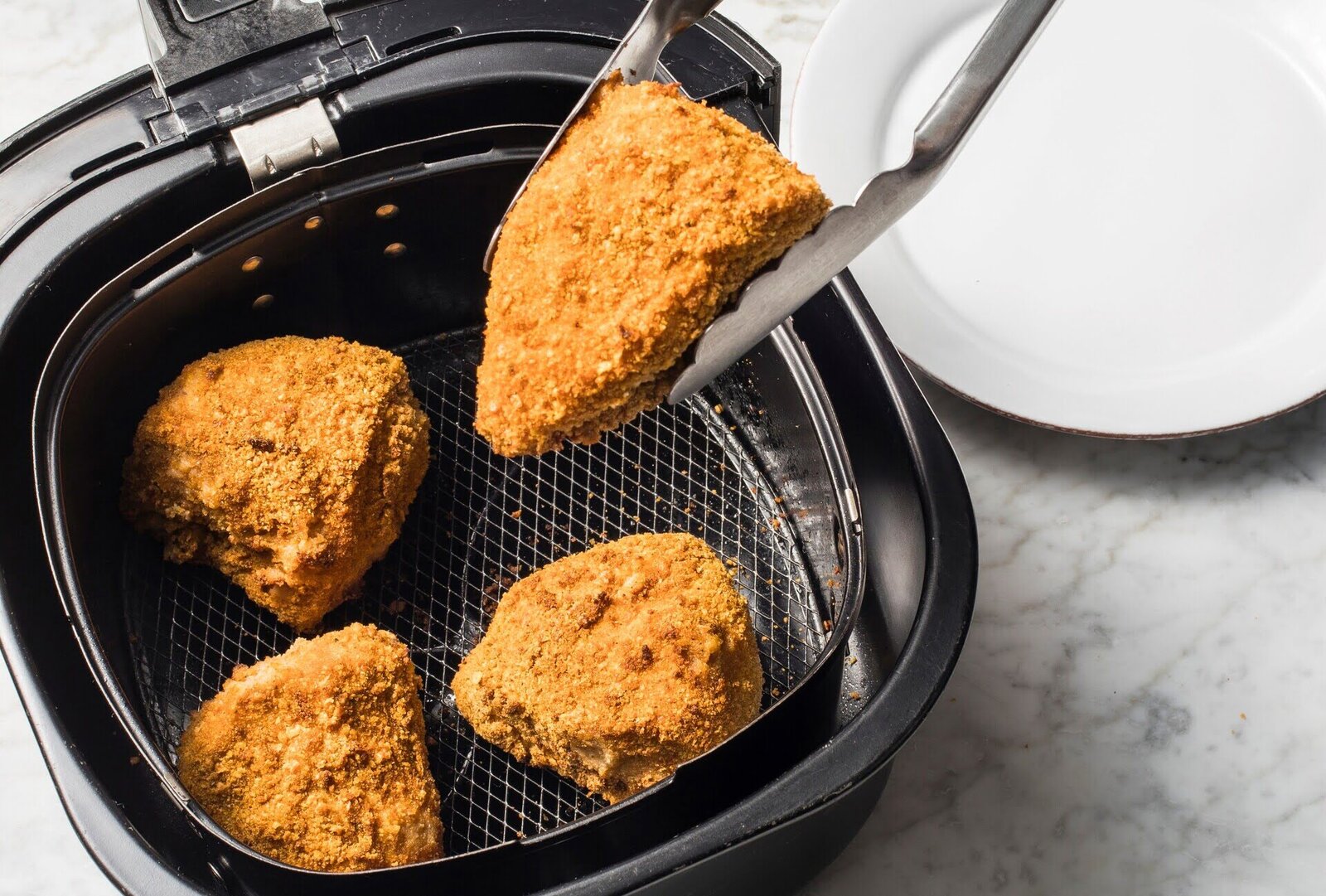
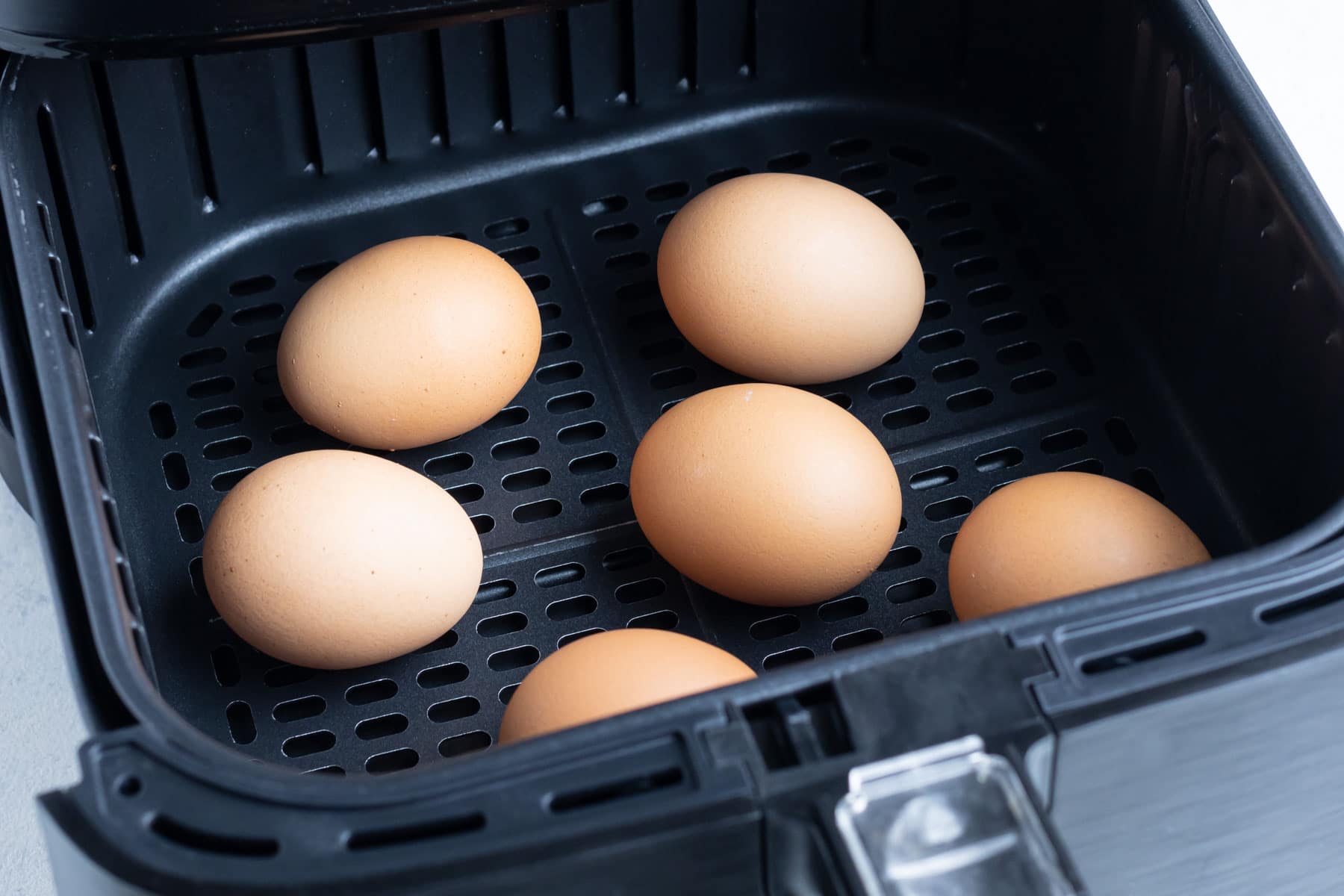
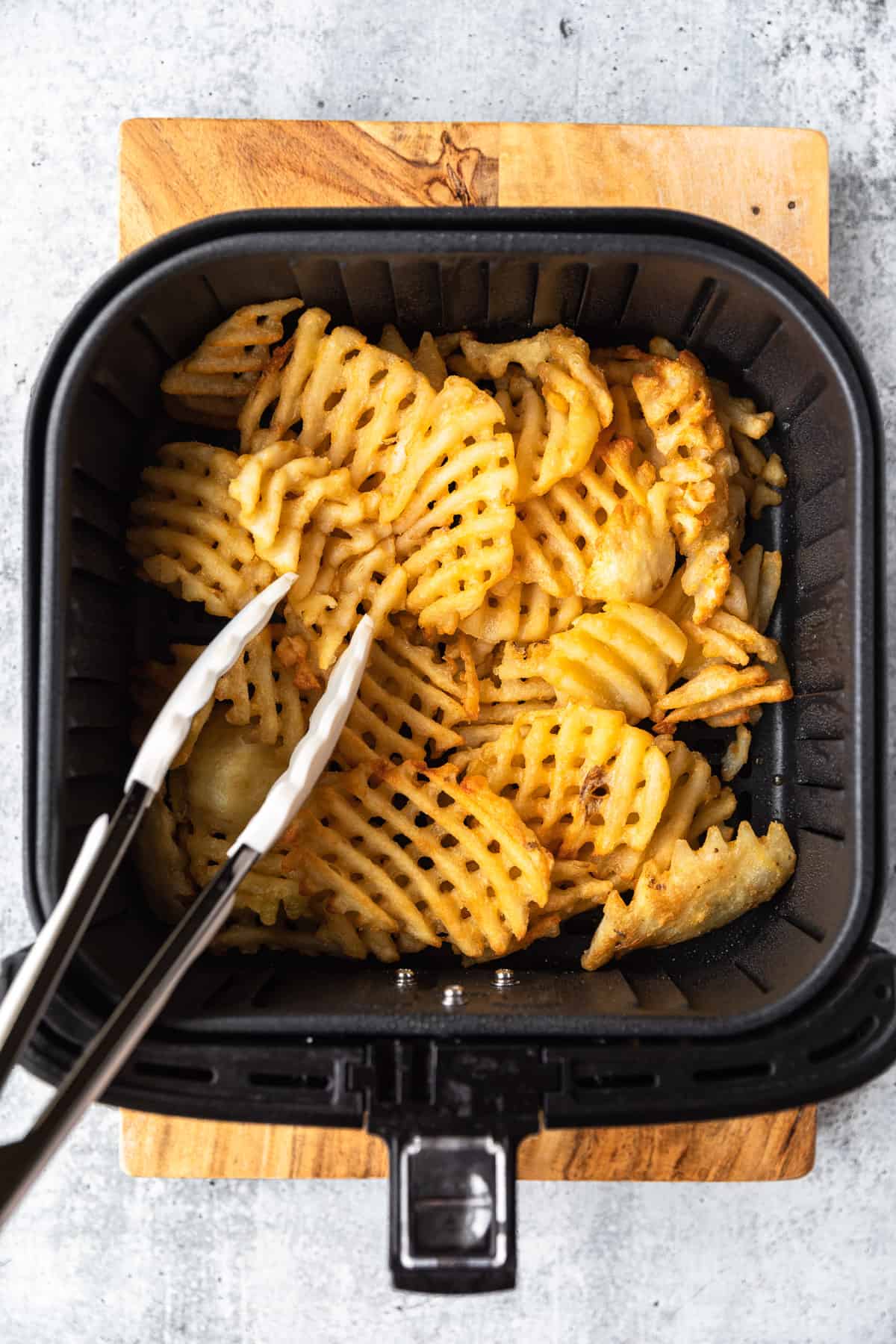
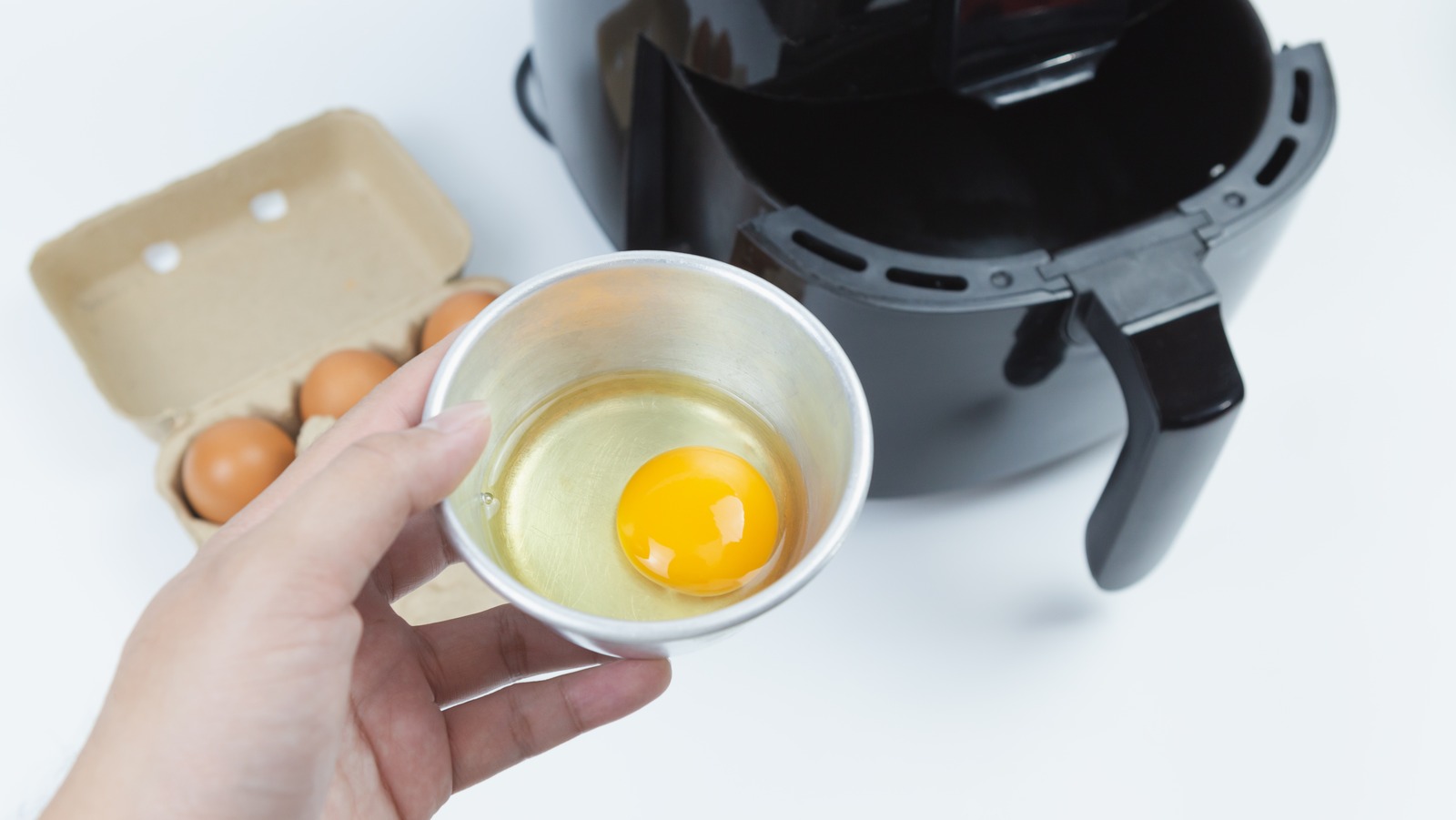
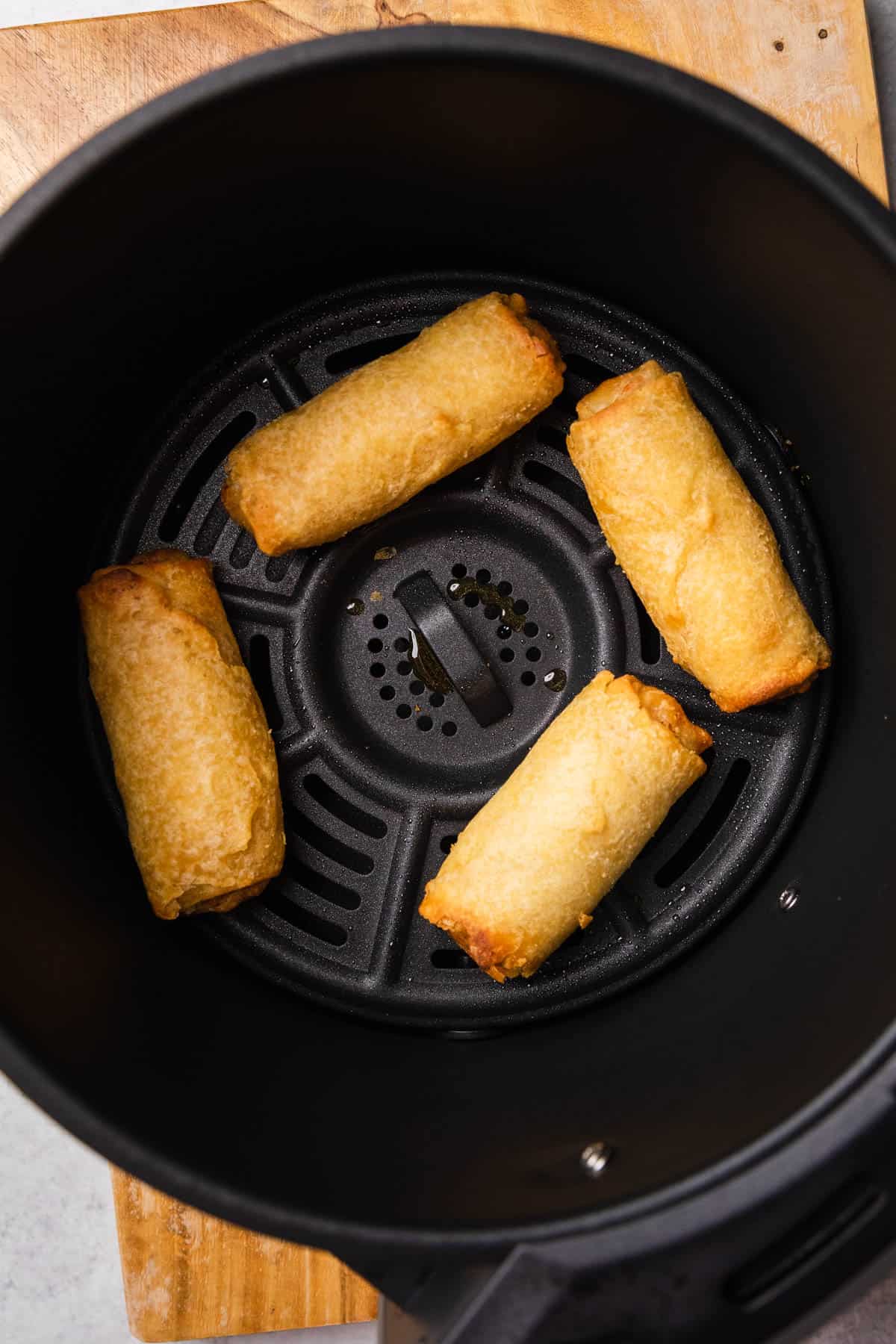
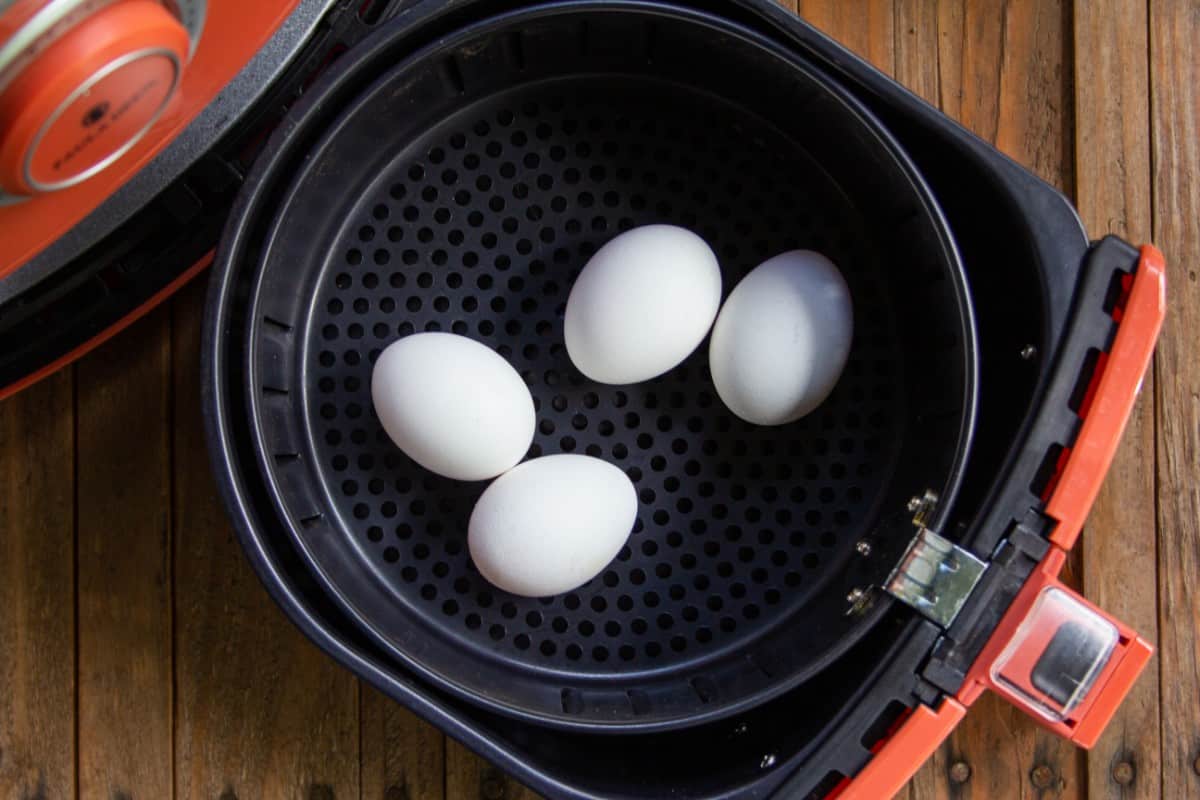
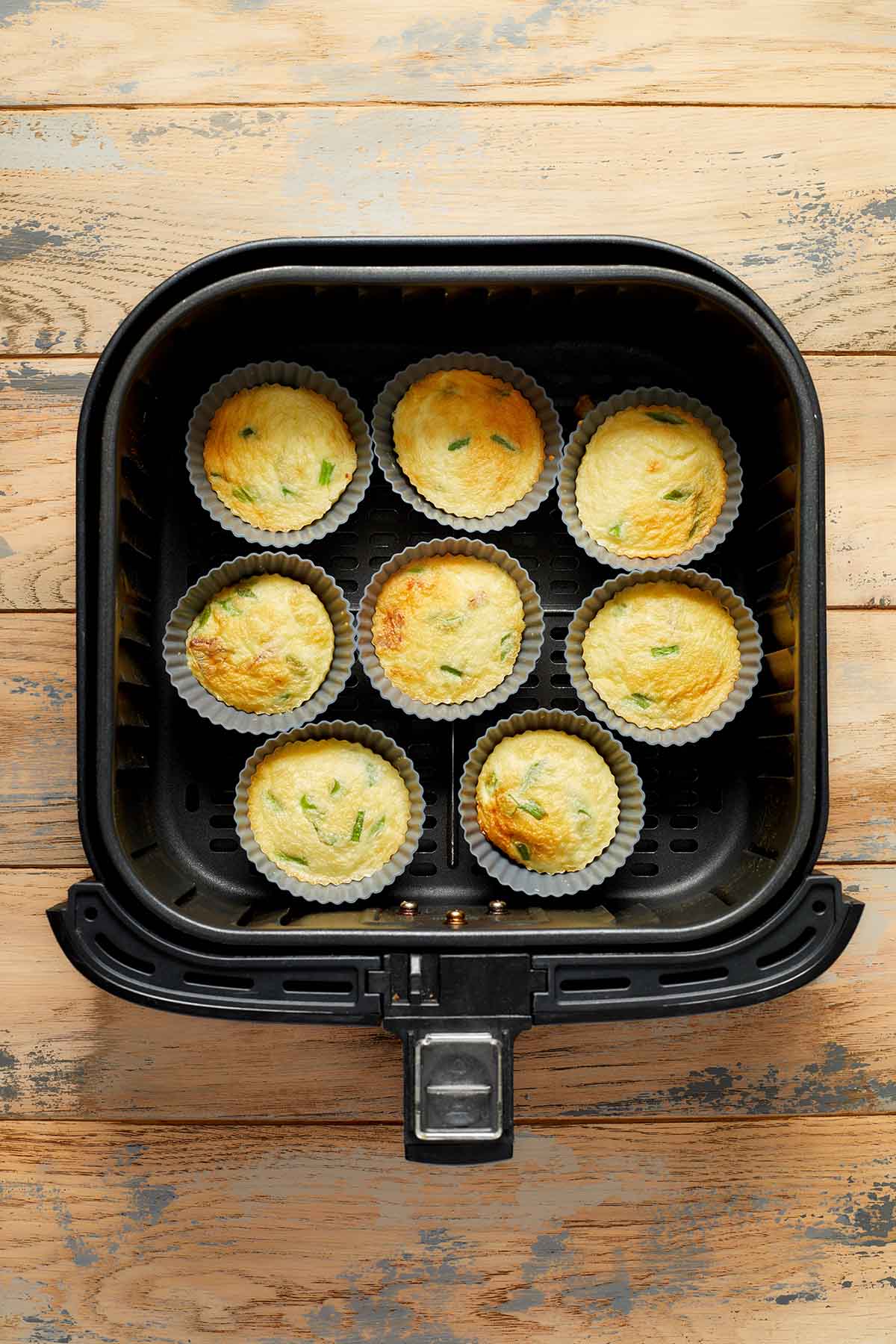
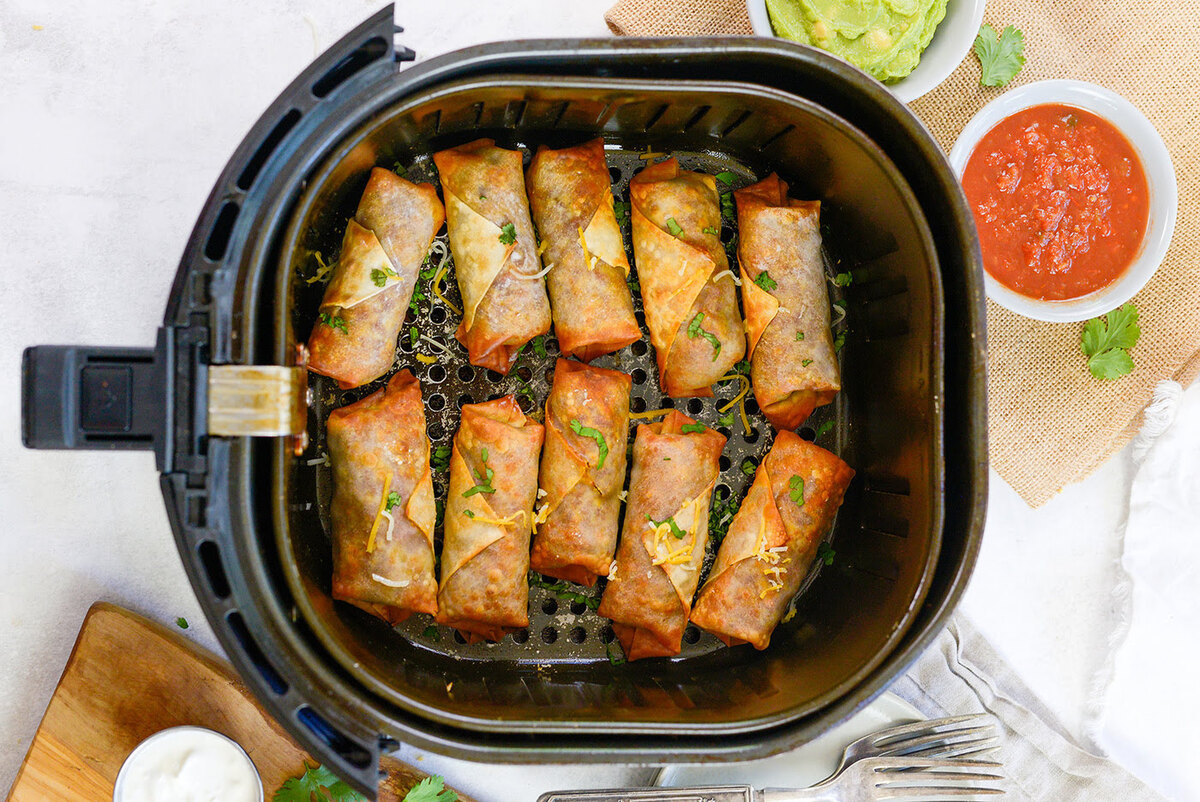
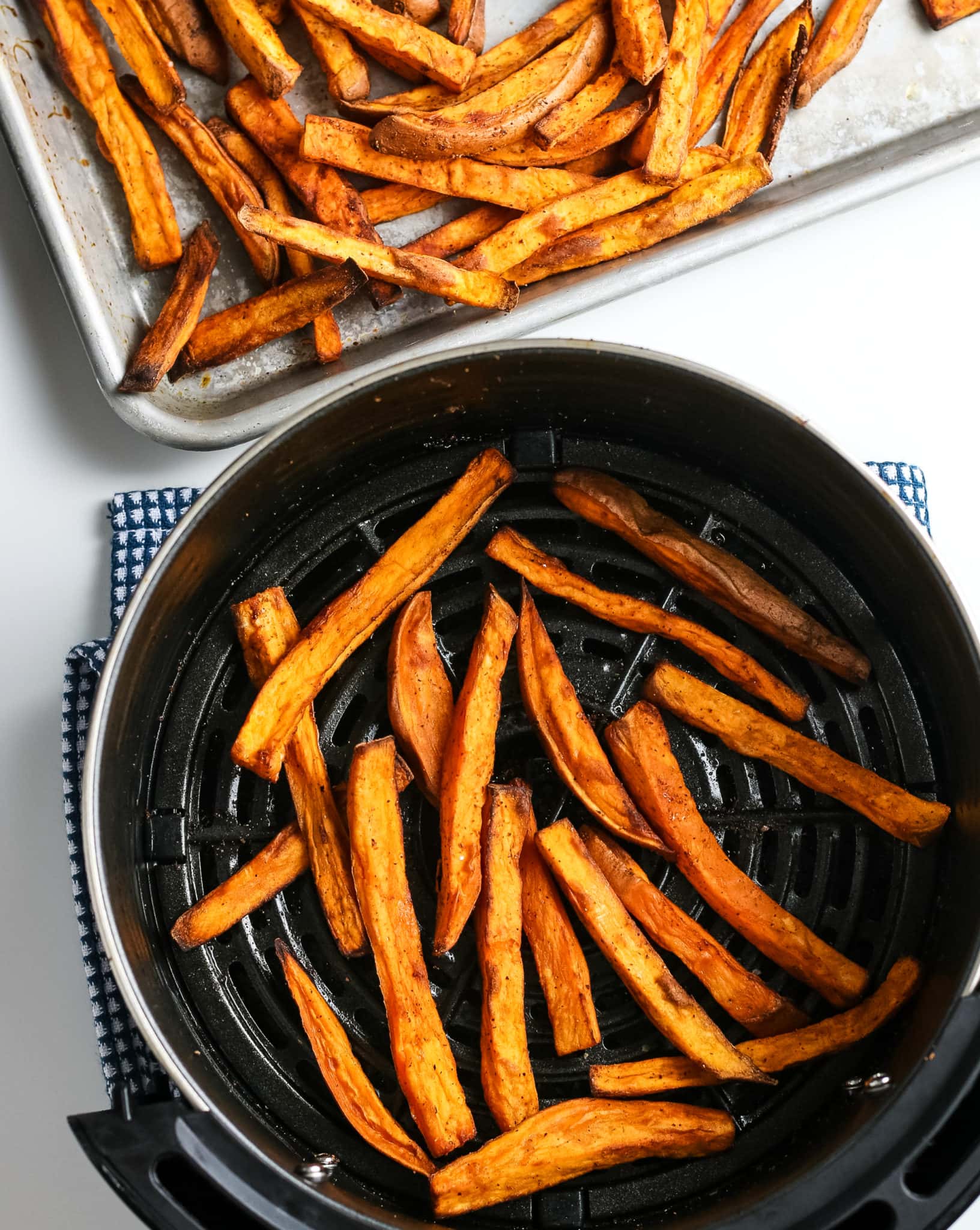
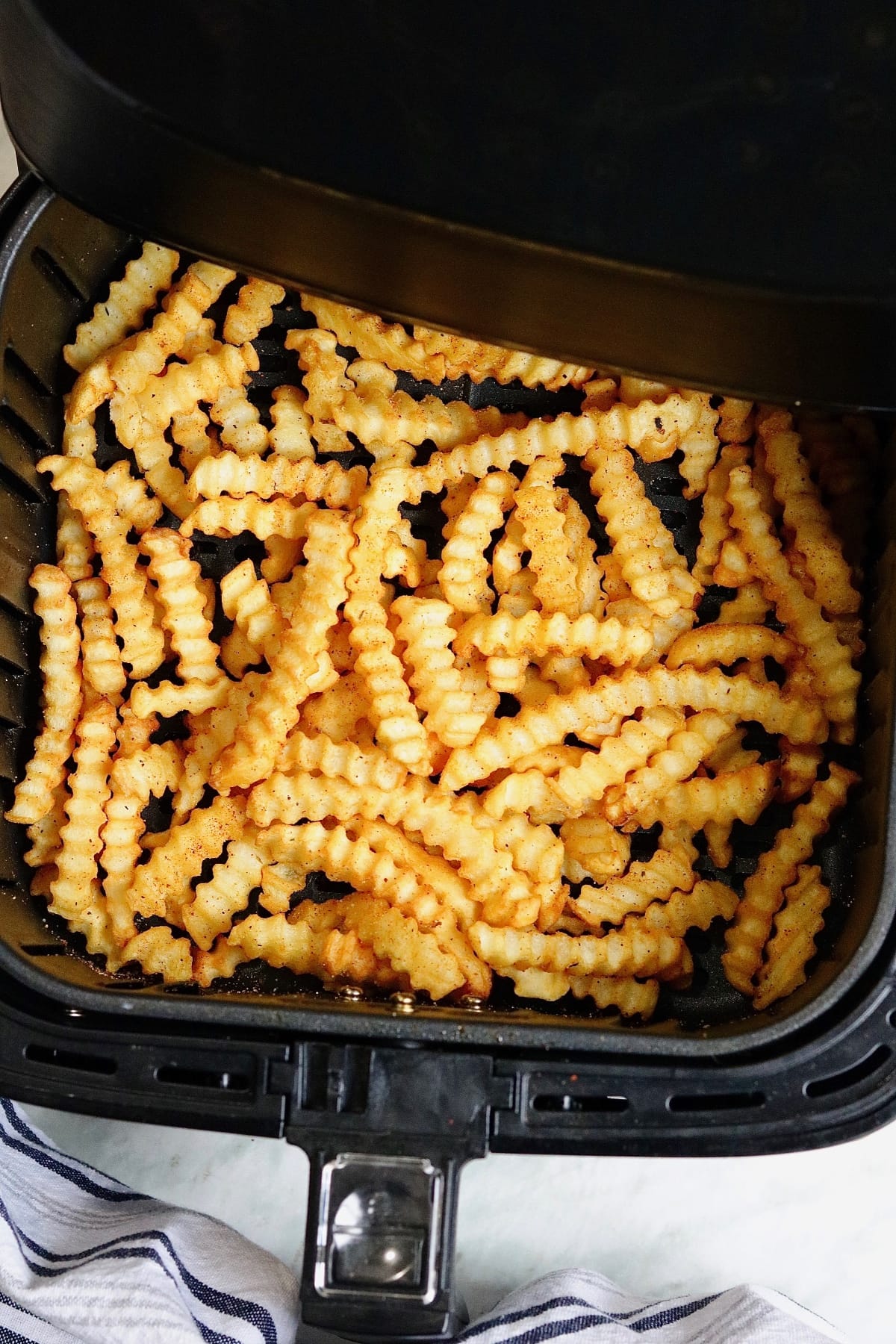
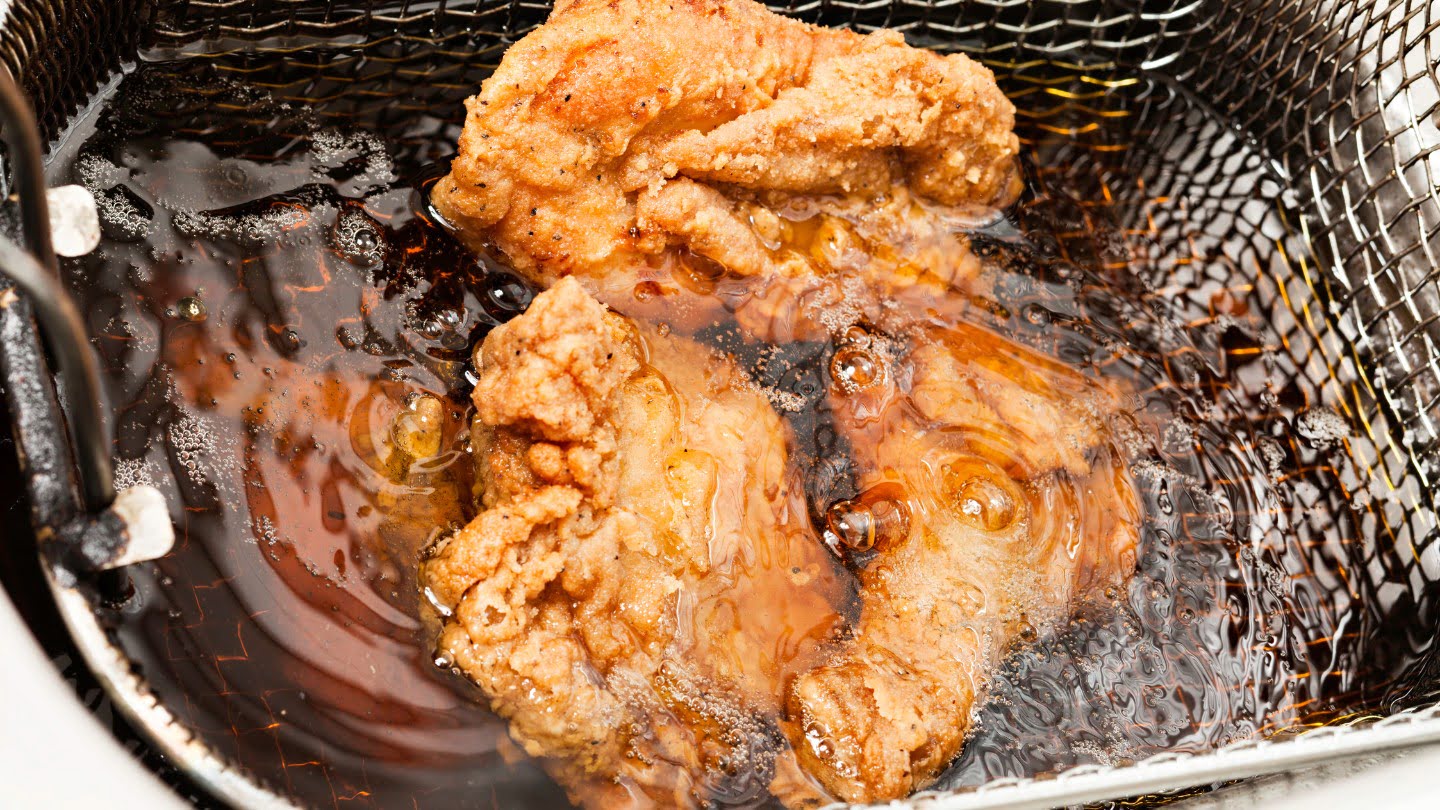
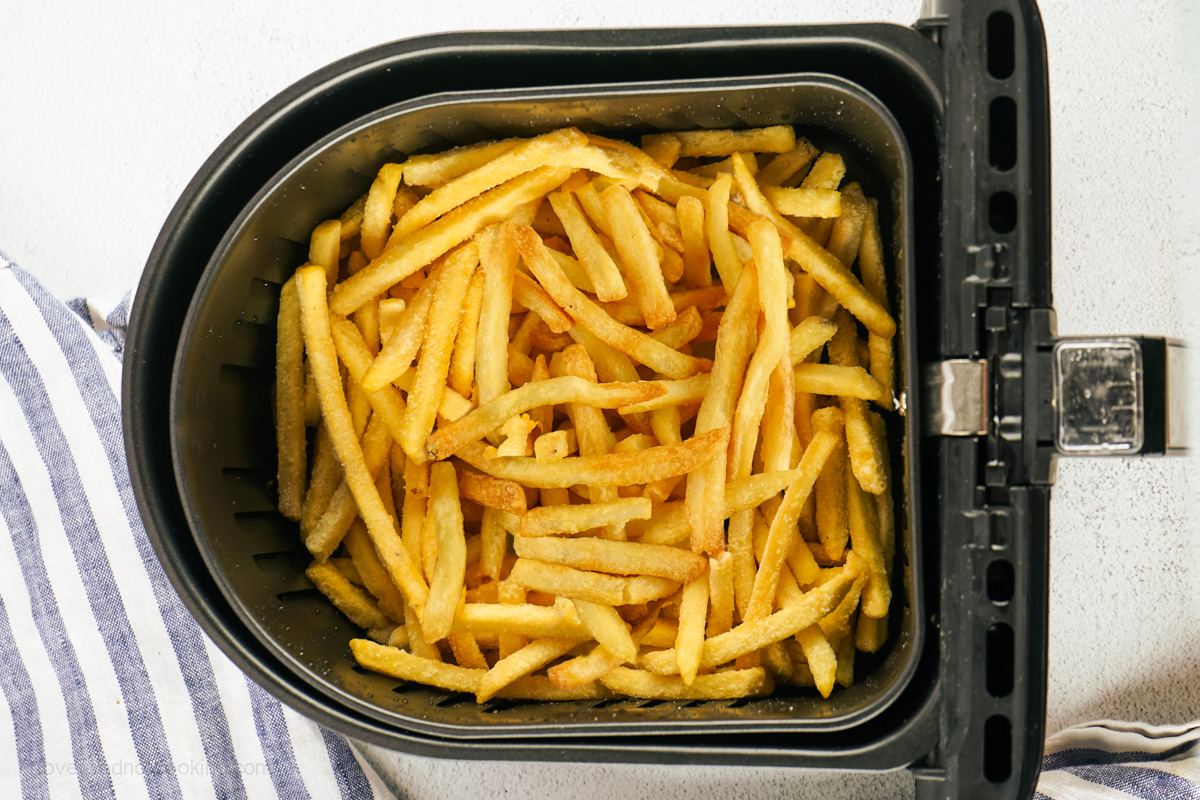


0 thoughts on “How To Fry Egg In Air Fryer”